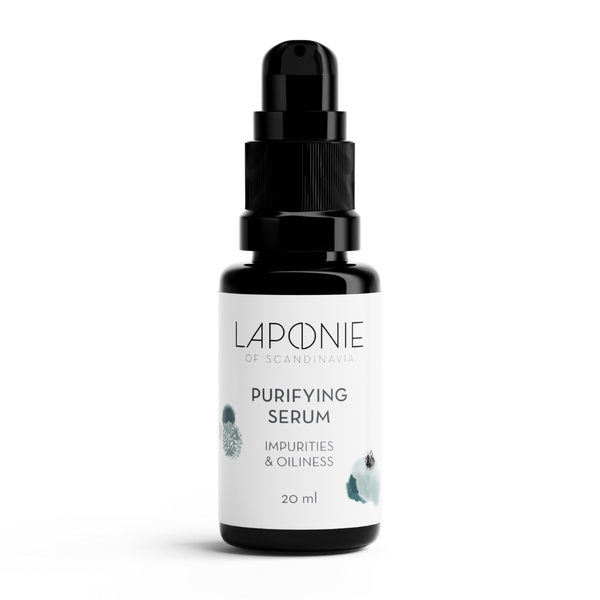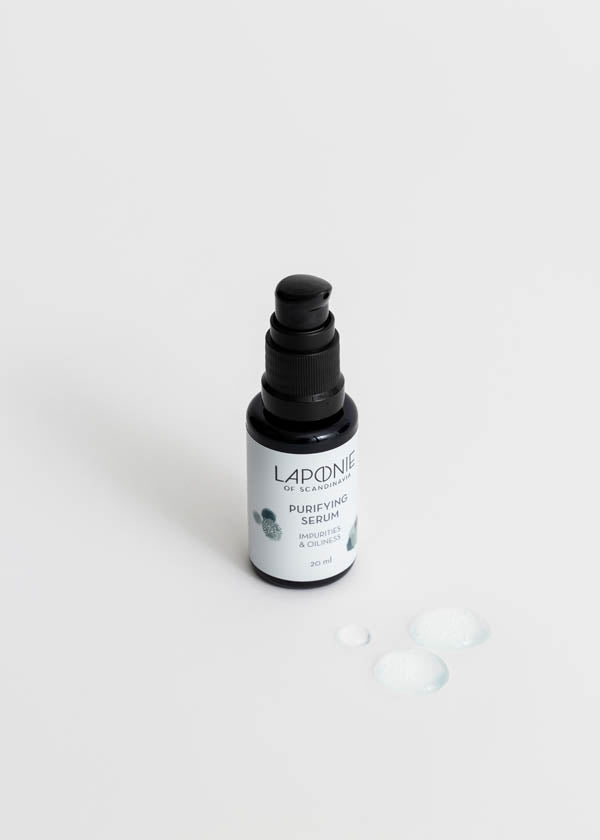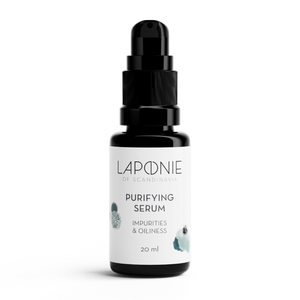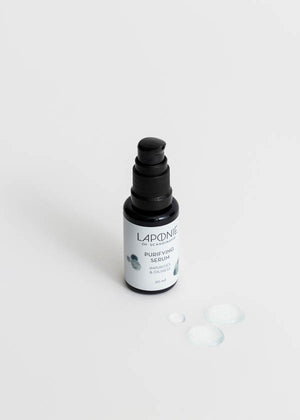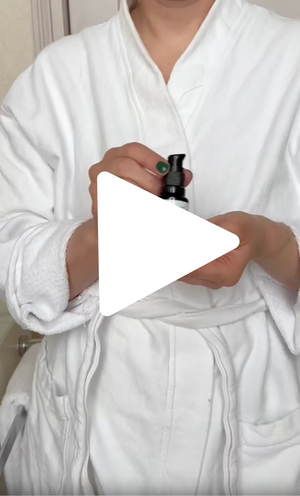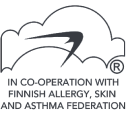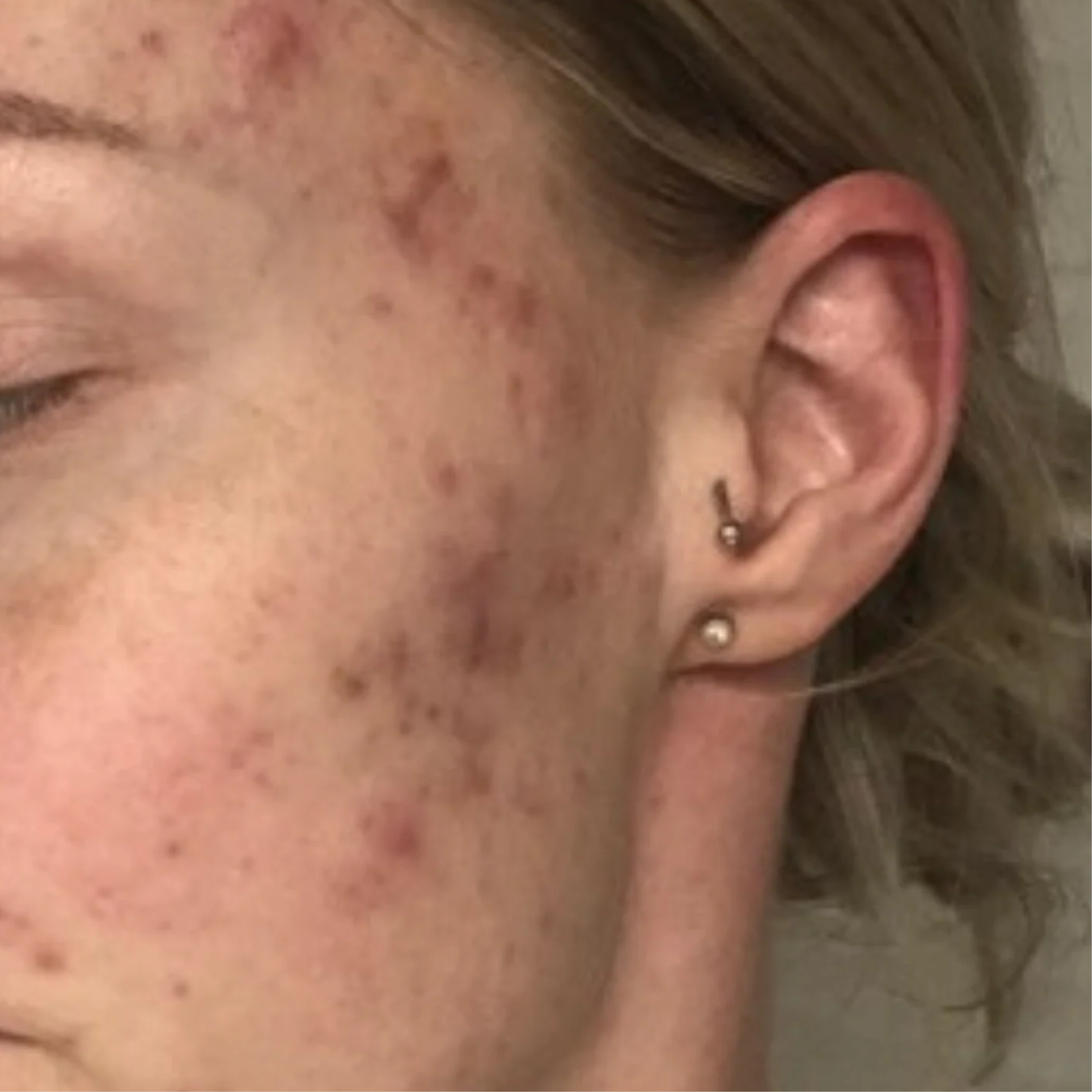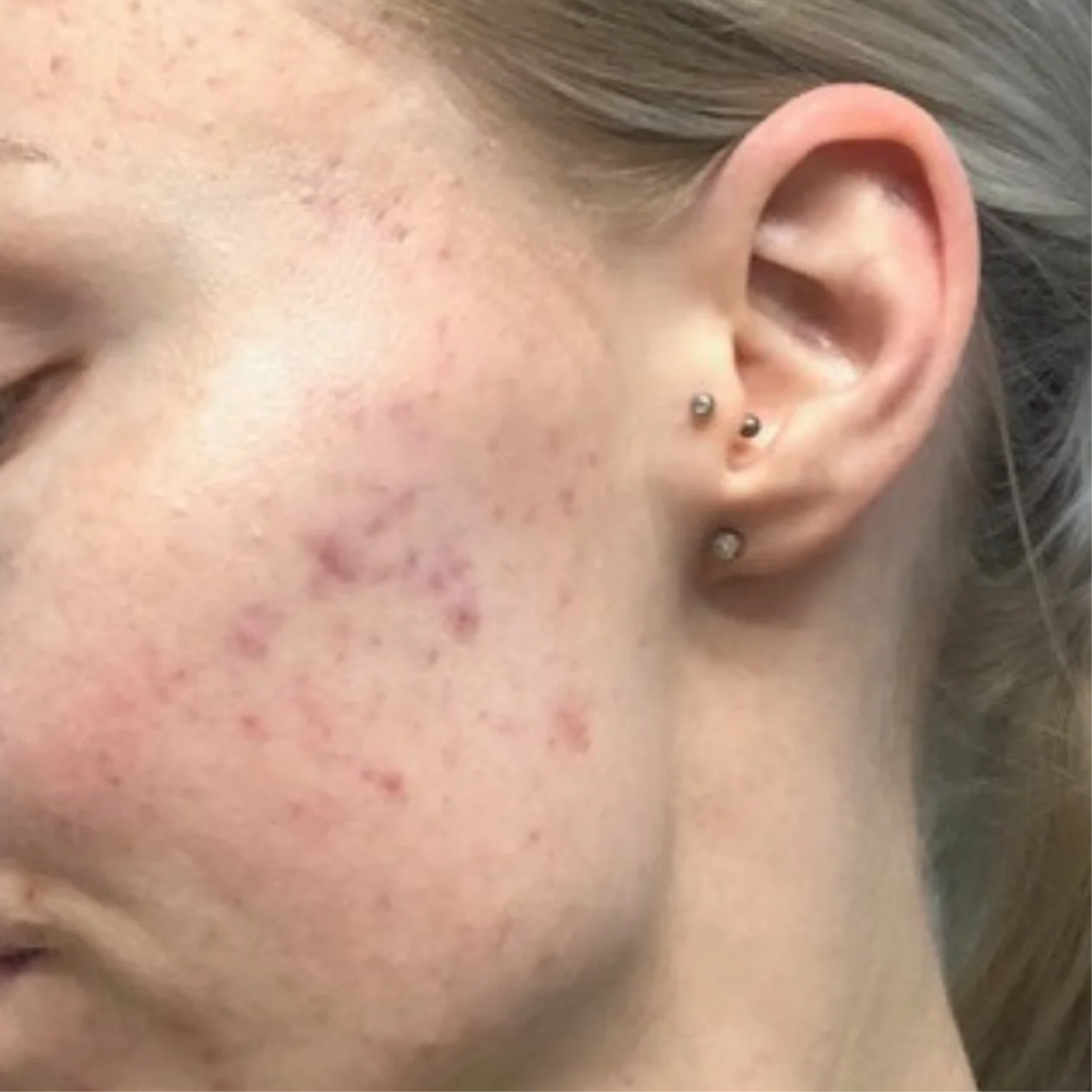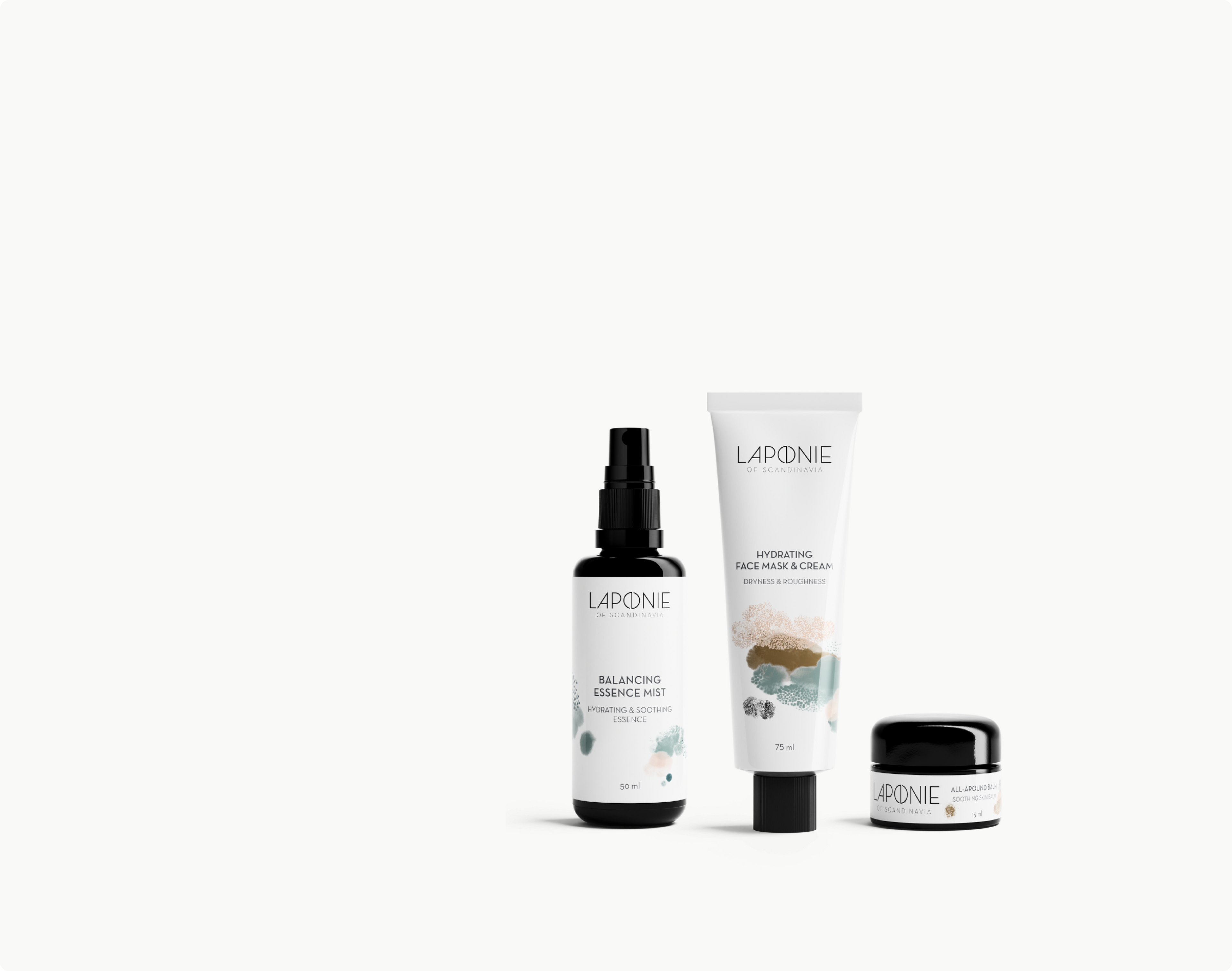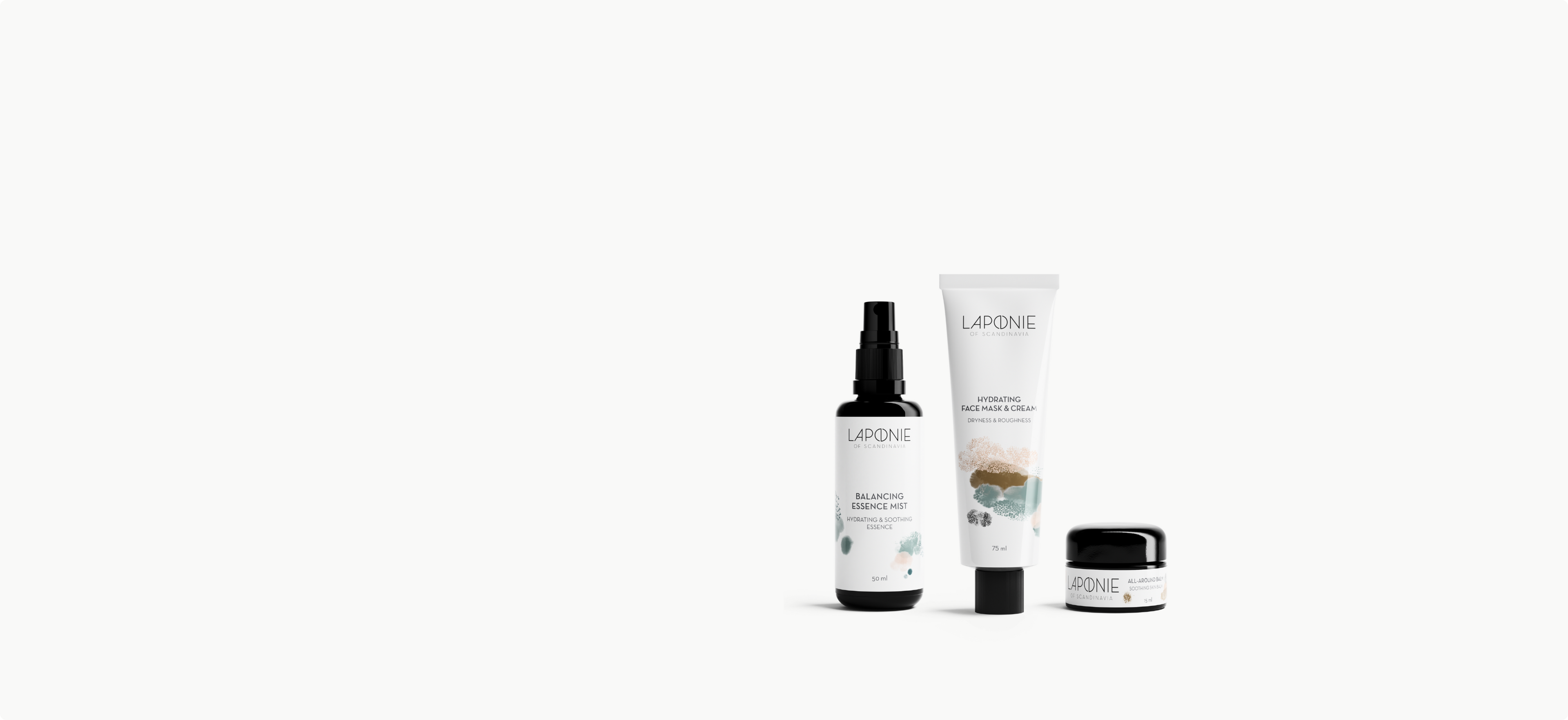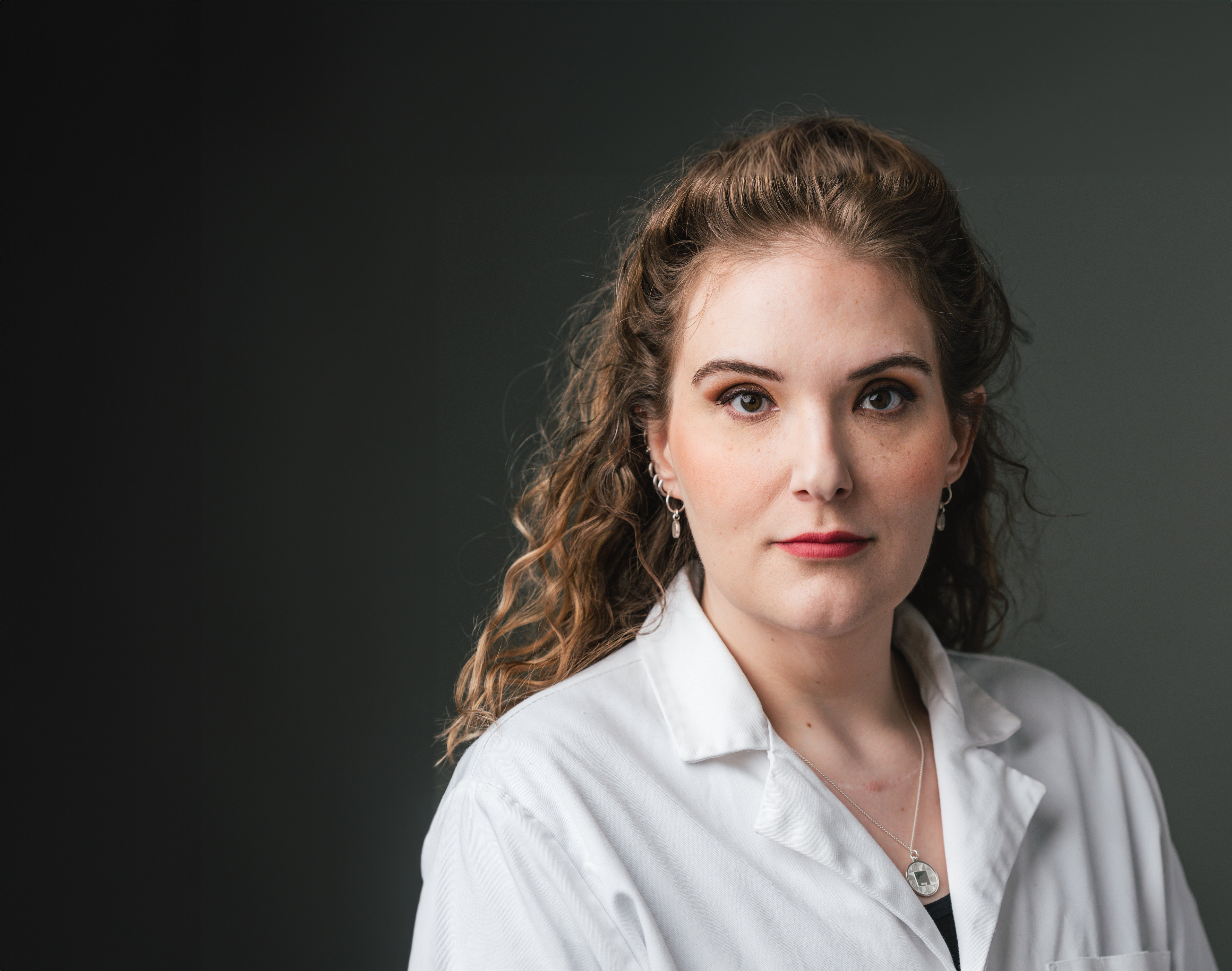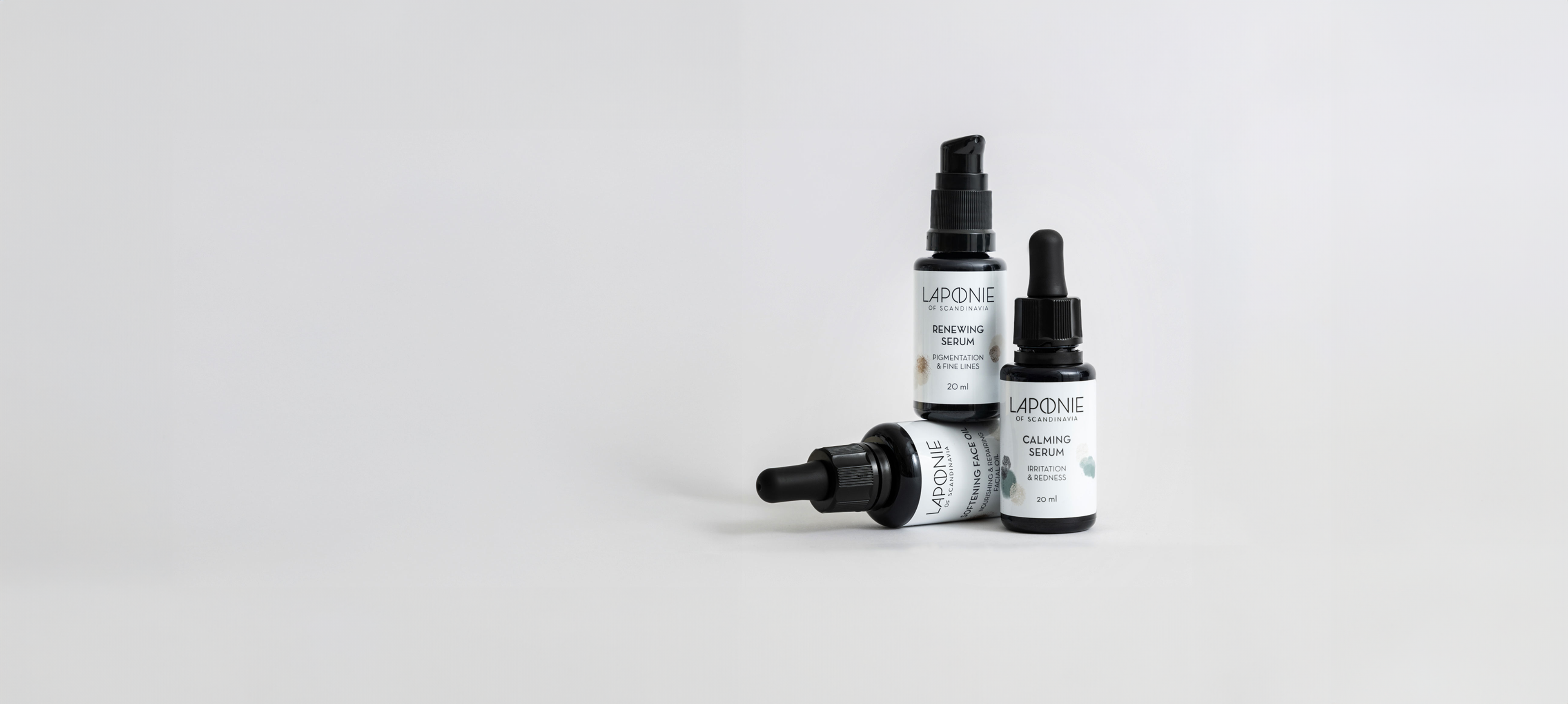
Purifying Serum
- The serum is perfect for gently and without any dryness relieiving symptoms of acne, seborrhea and Malassezia-based acne (fungus).
- Skin type/concern: combination and oily, inflammation.
- Developed for sensitive and problem skin without added fragrance and alcohol. Preservative-free. Oil-free. Allergy-labelled.
-
Free sample with all orders.
-
Delivery: Finland 1-4 business days & rest of EU 2-7 business days.
-
Free delivery: Finland orders over 38€ & rest of EU 58€.
-
Safe payments.
Our Purifying Serum for sensitive and problem skin is a light and oil-free, anti-microbial and sebum-regulating gel-serum. It hydrates skin while gently fighting impurities, pimples and inflammation without drying, leaving skin hydrated and balanced.
We've formulated it into the same hydrating base that we use for the Calming Serum, adding anti-bacterial, plant-based xylitol sugar and our favourite multi-tasking ectoin for a healthy skin barrier and to prevent dryness. Swedish algae-derived Algica silica absorbs impurities from skin while adding hydration, and anti-inflammatory zinc and copper PCA balance out sebum production.
The Purifying Serum is great for alleviating symptoms of acne, seborrhea and malassezia-induced acne (fungal) the gentle way. It sinks easily into skin, without a sticky feel, leaving skin with a fresh and hydrated feeling. The Purifying Serum also contains no preservatives, so is extra gentle on sensitive skin.
Aqua, Propanediol, Ectoin, Zinc PCA, Xanthan Gum , Acacia Senegal Gum, Xylitol, Copper PCA, Silica (Algica), Citric Acid
Aqua
Solvent. Water. The main vehicle for our water based products
Propanediol
Solvent and humectant. Apart from being an excellent, non-irritating solvent, the glycol propanediol has excellent hydrating and preservative boosting properties. The one we use is made from fermentation of glucose, from corn.
Ectoin
Skin conditioning. Ectoin is a powerful, small, multi-tasking and natural stress-protection molecule, a so-called extremolyte. From a chemical point of view, it is a cyclic amino acid derivate. Extremolytes protect extremophilic microorganisms and plants from the extreme conditions of their habitats like salt lakes, hot springs, permanent ice or deserts. The properties of ectoin have been proven by various in-vivo studies: its benefits include long-term moisturisation, diminished skin roughness, skin barrier repair and anti-inflammatory and anti-irritant properties. We get ours from a lovely little company in Germany, where it is produced through biotechnological fermentation from a specific, non-GMO strain of the halophilic bacteria Halomonas elongata.
Zinc PCA
Humectant and skin conditioning. Zinc PCA regulates sebum production, reinforces the skin's barrier function and together with Copper PCA fights pimples. The zinc salt of L-Pyrrolidone Carboxylic acid or L-PCA. L-PCA is obtained by the cyclization of L-glutamic acid, amino-acid from vegetal origin.
Xanthan Gum
Thickening, gel forming and emulsion stabilising. A natural and commonly used mainly thickener and gelling agent in cosmetics, xanthan gum is a polysaccharide produced through Bacterial fermentation of pure culture Xanthomonas Campestris with protein and carbohydrate sources, in this case from soy or corn. In our Cream, it is combined with sclerotium gum, lecithin, pullulan and silica to lend that lovely gel meets cream feel.
Acacia Senegal Gum
Film forming. Also known as gum arabic, acacia gum is a natural gum consisting of the hardened sap of two species of the acacia tree. In cosmetics, acacia gum is used for it's ability to create less stringy, or slimy and sticky, gels. The acacia gum we use is ethically and sustainably handpicked in Africa, and is a 100% renewable raw material.
Xylitol
Humectant and skin conditioning. Xylitol is a sugar alcohol and moisturises and conditions skin, whilst possessing anti-bacterial properties. There is some interesting research that suggests xylitol has the ability to inhibit bacterial biofilm on skin, which in turn may be the cause of many skin issues. The one we use is made in Finland from Finnish oats, and has probiotic properties.
Copper PCA
Humectant and skin conditioning. Copper PCA is also antimicrobial, astringent, sebum regulating and fights impurities. The copper salt of L-Pyrrolidone Carboxylic acid or L-PCA is obtained by the cyclization of L-glutamic acid, amino-acid from vegetal origin. Gives the product a slight blueish colour.
Silica (Algica)
Absorbent. Mesoporous silica, trade named Algica and derived from cultivated diatoms (algae) od Swedish origin, that absorbs impurities and bacteria. It improves skin's moisture retention by its ability to bind water, in a manner similar to hyaluronic acid. Its porous structure supports oil and moisture absorption, hydration, protection against UV and pollutants, and an enhanced sensory feel.
Citric Acid
Buffering agent. Citric acid is a commonly used buffering, i.e. pH adjusting, agent in cosmetics. It is made through bacterial fermentation and shifts the pH of the product into the acidic range. This is closer to the natural pH of the skin, which may range from 4 to 7, but is usually thought to be between 5 and 6, with recent studies, however, indicating it to be below 5.
Why it works for sensitive & problem skin
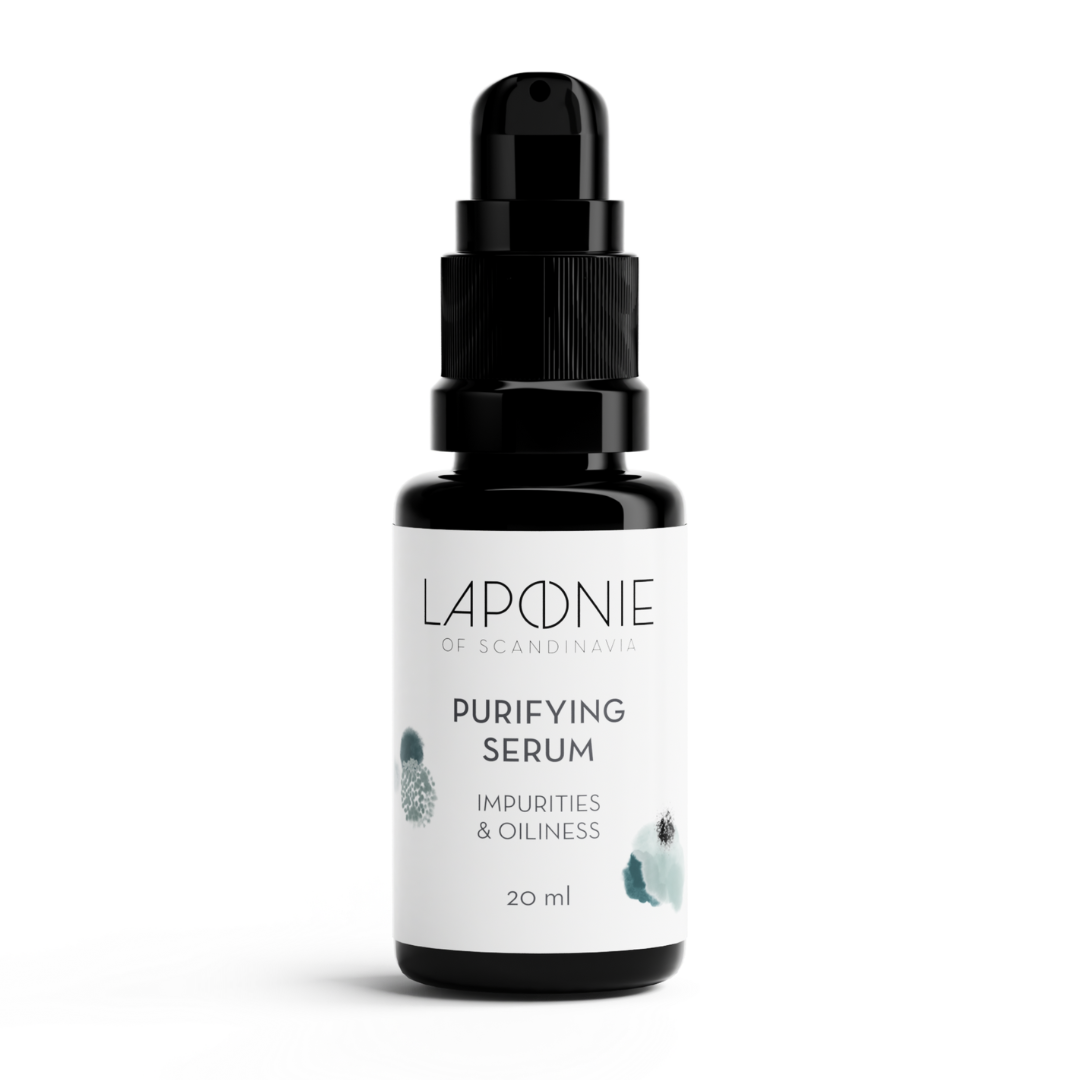
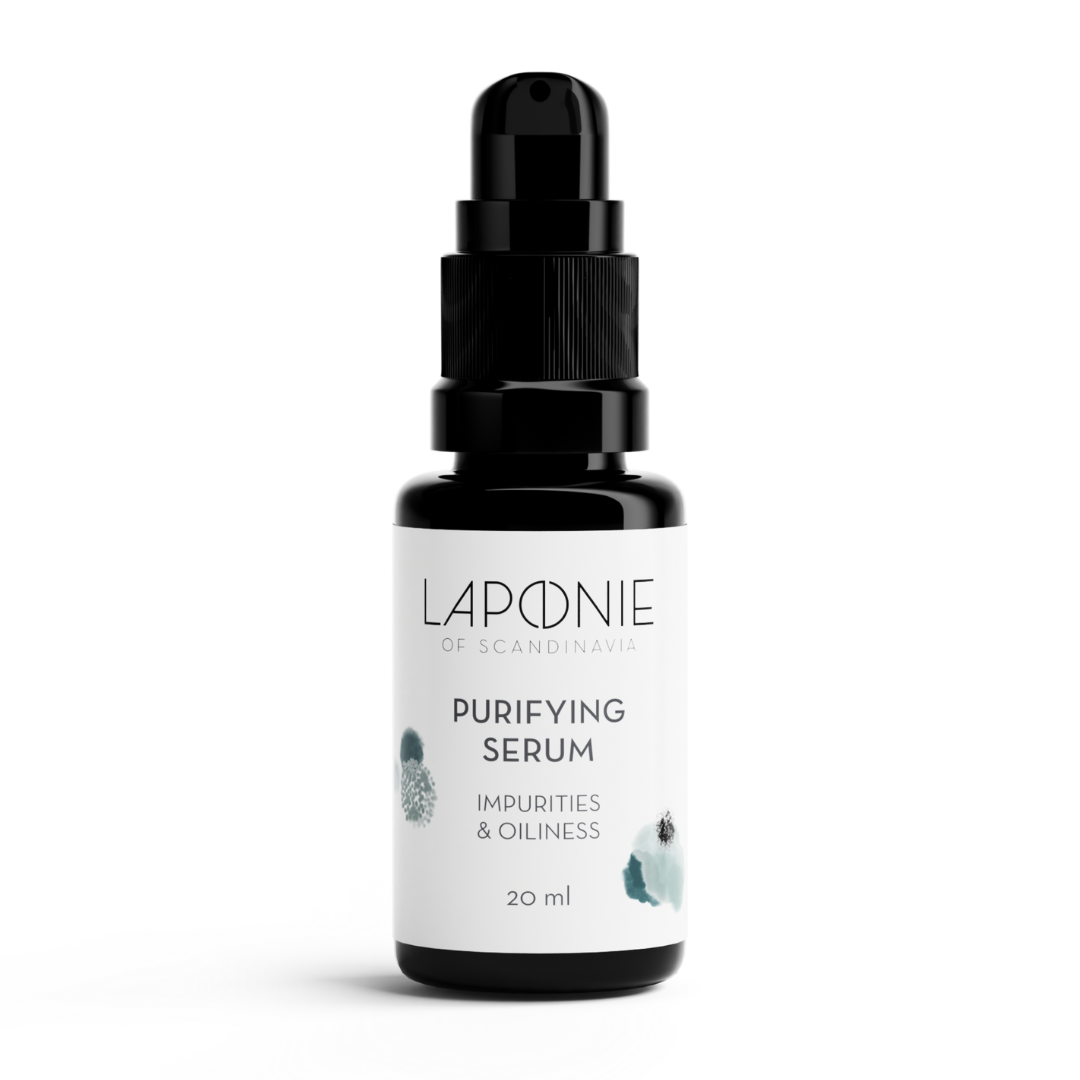
No added fragrance
No added fragrance or essential oils, floral waters and alcohol.
Formulated for sensitive & problem skin in our own lab
Our owners, CEO Kristina and cosmetic chemist Jaana, formulate all our products in our Helsinki lab, and test them on themselves - both have a long history of sensitive and problem skin.
Preservative-free
Thanks to the high amount of anti-microbials in it, the Purifyign Serum is entirely preservative-free.
Allergy-labelled
All our products carry the Finnish Allergy, Skin and Asthma Federation's independent Allergy-label.
Balanced pH for healthy skin
The Gel has a pH around 5.5 (healthy skin's own pH is slightly acidic, between 4.8 and 5.5) and will not upset or irritate skin.
A minimum of ingredients
The Purifying Serum contains only 10 ingredients. Formulated into a hydrating and conditioning non-drying base, with ectoin for long-term hydration and skin barrier repair, zinc and copper PCA to regulate sebum, xylitol to fight bacterial bio film and silica from algae to absorb impurities and bacteria from skin while adding hydration in a manner similar to hyaluronic acid. Check out our ingredient section above to learn more.



